Introduction
Drafting a letter of intent (LOl for short) plays a role in kickstarting a business acquisition process and marks the beginning of a potential partnership that could lead to a successful sale agreement in the future. It's more than paperwork; it acts as a guide toward forming a strong collaboration and achieving a positive conclusion to the business selling process. The LOl lays down the groundwork for a business transaction by highlighting important details such, as the purchaser and sellers identities the proposed purchase price, payment terms and an outline of when the deal is expected to close.
Maintaining transparency and legal protections while fostering understanding is crucial, in crafting a Letter of Intent (LOl). Tailoring the LOl to reflect the essence of the acquisition process and presenting a vision that aligns with industry trends are components to consider when drafting the document. The LOl should be organized in an easy to understand way while highlighting a sincere intent to acquire the business and demonstrating commitment to successfully navigating the transaction.
Creating an agreement that highlights advantages for all parties involved is key to laying the groundwork for a successful and beneficial relationship in the future. Closing and signing the Letter of Intent (LO) marks the beginning of a partnership and signifies commitment to moving forward together. To ensure success in this process of mergers and acquisitions where dealsre complex and risks are high it is crucial to follow established guidelines dodge common pitfalls and meticulously finalize and review the LO with care. In this realm where precision is crucial the accuracy and completeness of these agreements play a vital role, in determining their effectiveness and influence.
By following these instructions you can guarantee that your letter of intent lays the foundation for a fruitful business purchase.
Understanding the Purpose of a Letter of Intent
An Intent Letter (IL) is crucial in establishing agreement, between a potential buyer and the existing enterprise owner. It goes beyond being just an initial agreement. It serves as a significant document that demonstrates the buyers strong dedication to moving forward with the purchase and solidifies the key aspects of the proposed agreement Drafting an IL requires a careful blend of communication and planning to guarantee that every detail is clearly defined and sets the stage for a smooth transition of ownership.
When Chris Voss talked about negotiations in the corporate world based on his experience as a FBI negotiator. he stressed the significance of grasping the other party's viewpoint beyond mere figures and statistics. In a real estate case involving Akiya properties. thorough conversations, with clients and the meticulous selection of properties highlighted the importance of customizing each transaction approach. The Letter of Intent (LOI) thus serves as a tool that aids in this comprehension assisting both parties in navigating the intricacies of a deal.
Furthermore The decision to choose between a stock sale or an asset sale significantly affects the result of the transaction and has implications on capital gains and tax responsibilities that follow suit. To illustrate; the disparity between the investment and the selling price. Adjusted for aspects such, as equipment depreciation. Determines the capital gain. For example; an owner who acquired a company for $200K and then put in $100K for enhancements before selling it for $350K would see a capital gain of $50K. This highlights how important the Letter of Intent is, in preparing for these discussions.
It is crucial to acknowledge the significance of comprehending a company's value because making a mistake can result in issues such as selling for a lower price than its actual worth or driving away potential buyers. The essential element in this process is having a Letter of Intent (LOI) that permits a comprehensive evaluation of the company's assets. From physical equipment to customer base and market trends. To achieve a fair and reasonable valuation, it can be highly beneficial to have an experienced expert contribute to this process; consider the examination conducted by the Common Paper Committees on more than 1,000 company contracts, which offers benchmarks derived from data, for different transactions.
Basically put it this way. An LOl isn't a piece of paper for transactions; it's more like a roadmap that brings both sides together towards a successful partnership and a rewarding end, to the sale journey.
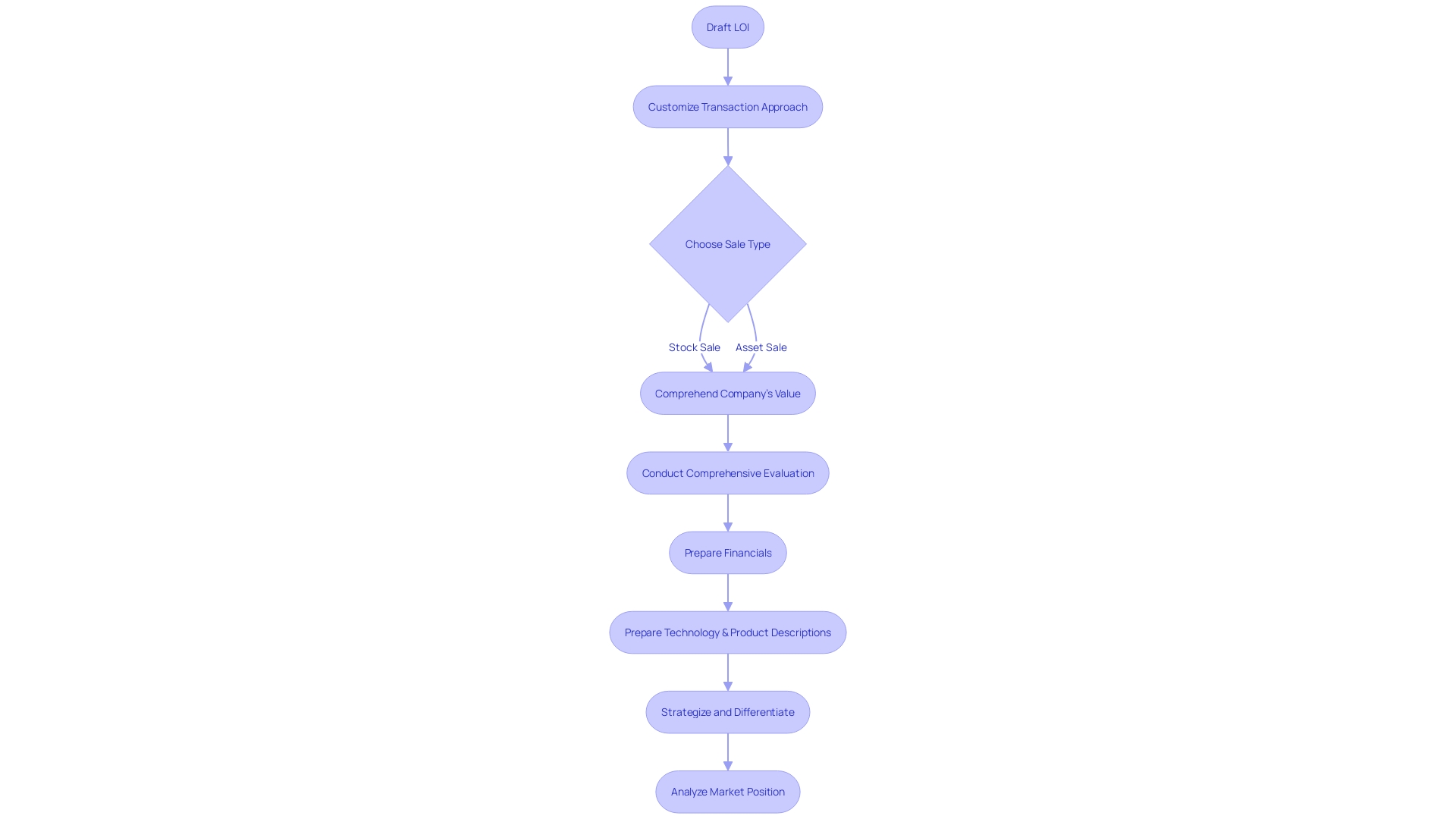
Key Elements of a Letter of Intent
Crafting a letter of intent (LOI for short) is crucial in establishing the foundation for a fruitful deal to take place seamlessly and effectively. It's important to kick things off by stating who the buyer and seller are right from the start to prevent any mix ups or misunderstandings. Up comes painting a detailed picture of the task at hand. This step ensures that both sides have a solid grasp of what's up for grabs. Nailing down the proposed buying price and payment conditions takes stage in the LoL; these details lay down the groundwork, for future talks and haggles. It's also crucial to establish a timeline for the transaction to aid in organization and ensure alignment between both parties regarding anticipated milestones. Additionally the Letter of Intent (LOI) should definitively outline any prerequisites or conditions that need to be satisfied before concluding the agreement. These fundamental aspects not promote transparency during negotiations but also offer legal safeguards as emphasized by experts who emphasize the significance of having a formal document, in place. Ensuring these components are included in your Letter of Intent (LoL) can determine whether the transaction proceeds smoothly or encounters challenges involving misunderstandings and legal complications.

Researching and Personalizing Your Letter of Intent
When you decide to compose a statement of purpose, you're embarking on a journey that can guide your enterprise towards progress and accomplishment. To ensure this document truly reflects the essence of the acquisition it's crucial to delve into thorough research covering both the prospective company and its operational environment. This diligent approach not sheds light on the business standing in the market and its financial status but also reveals the path of its expansion. By using this understanding to personalize your message to not just mirror a grasp of the company's position but also to express the distinct worth you offer could be advantageous. Creating an expression of interest should resonate with the objectives of companies like Chevron that aim to improve their operations while maintaining a commitment to innovation and progress. The key is to showcase a vision that harmonizes with the direction of the field in the same way Bluum focuses on improving educational technology solutions. Just a friendly reminder that your written communication acts as a greeting that kicks off the negotiation phase and reflects the views of professionals who view M&A as a strategic tool to reach goals effectively. It serves as a prelude to the term sheet and eventual contract that will solidify your plans into promises laying the foundation, for a partnership rooted in common objectives and mutual comprehension.
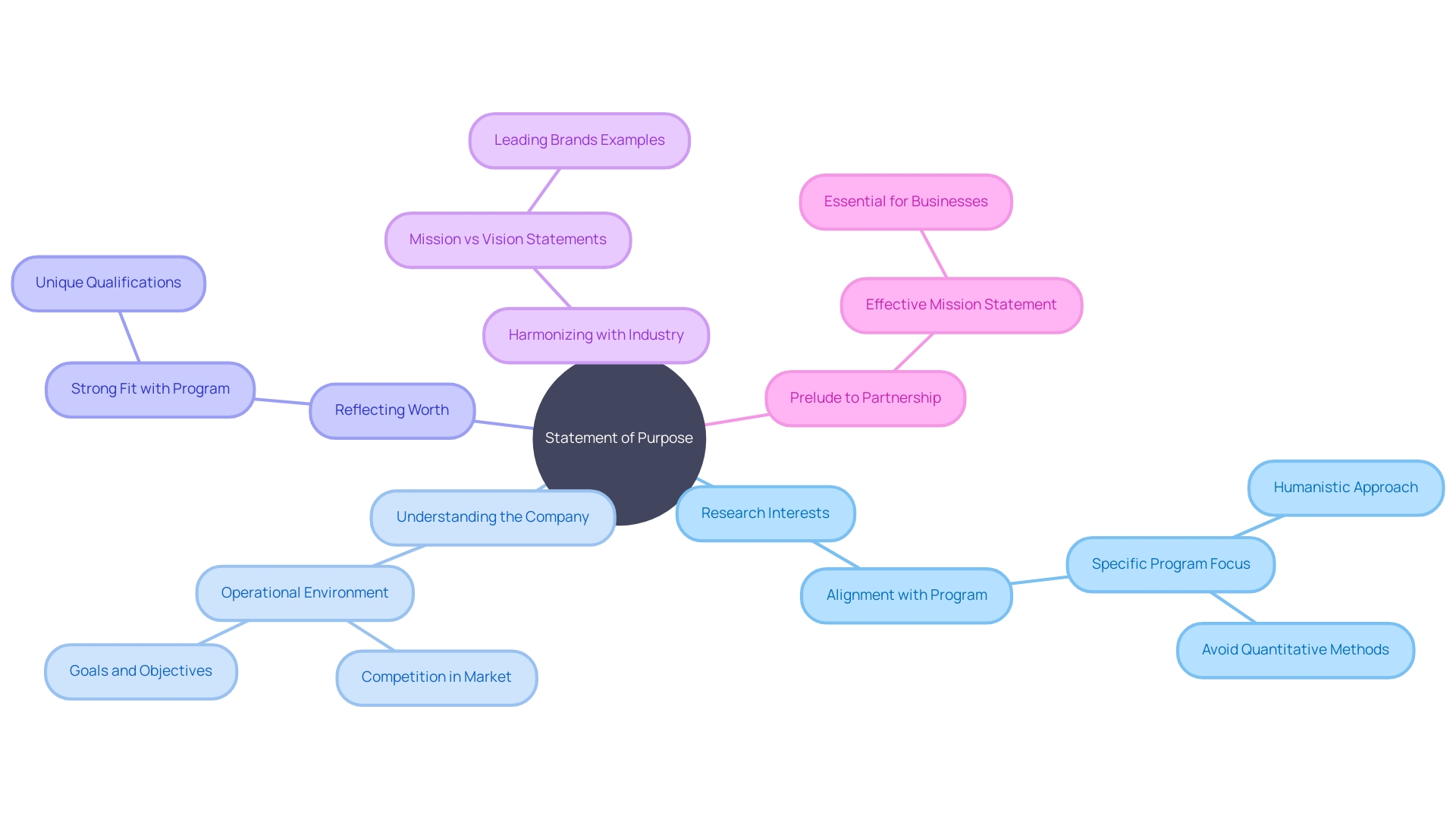
Structuring Your Letter of Intent
Compose a document of intent (LOI) as you progress towards a successful acquisition. It is similar to a formal agreement on paper that signifies the beginning of a promising partnership. Your document should start with an introduction that not only expresses your intention - your sincere desire to acquire the enterprise - but also resonates with the seller by recognizing that this is more than just a transaction; it is a significant milestone in life.
In your document of intent (LOI) it's essential to be clear and straightforward in your communication strategy. Clearly state the components of your proposal such as the purchasing price and financing options available the steps you will take during due diligence and the planned actions for post acquisition integration. Keep in mind that due diligence goes beyond ticking boxes – it presents an opportunity to validate the company's financial health and operational capabilities preparing for a smooth merger that not only appears good, on paper but also works seamlessly in reality.
Wrap up decisively by emphasizing your eagerness to start this venture anew hereonwardly and confidently express your dedication to navigating through this endeavor with its intricacies and triumphs clear cut, in mind. Keep in mind that an LOI holds significance beyond text – it signifies the inception of a mutual path forward marked by attentiveness and mutual comprehension.
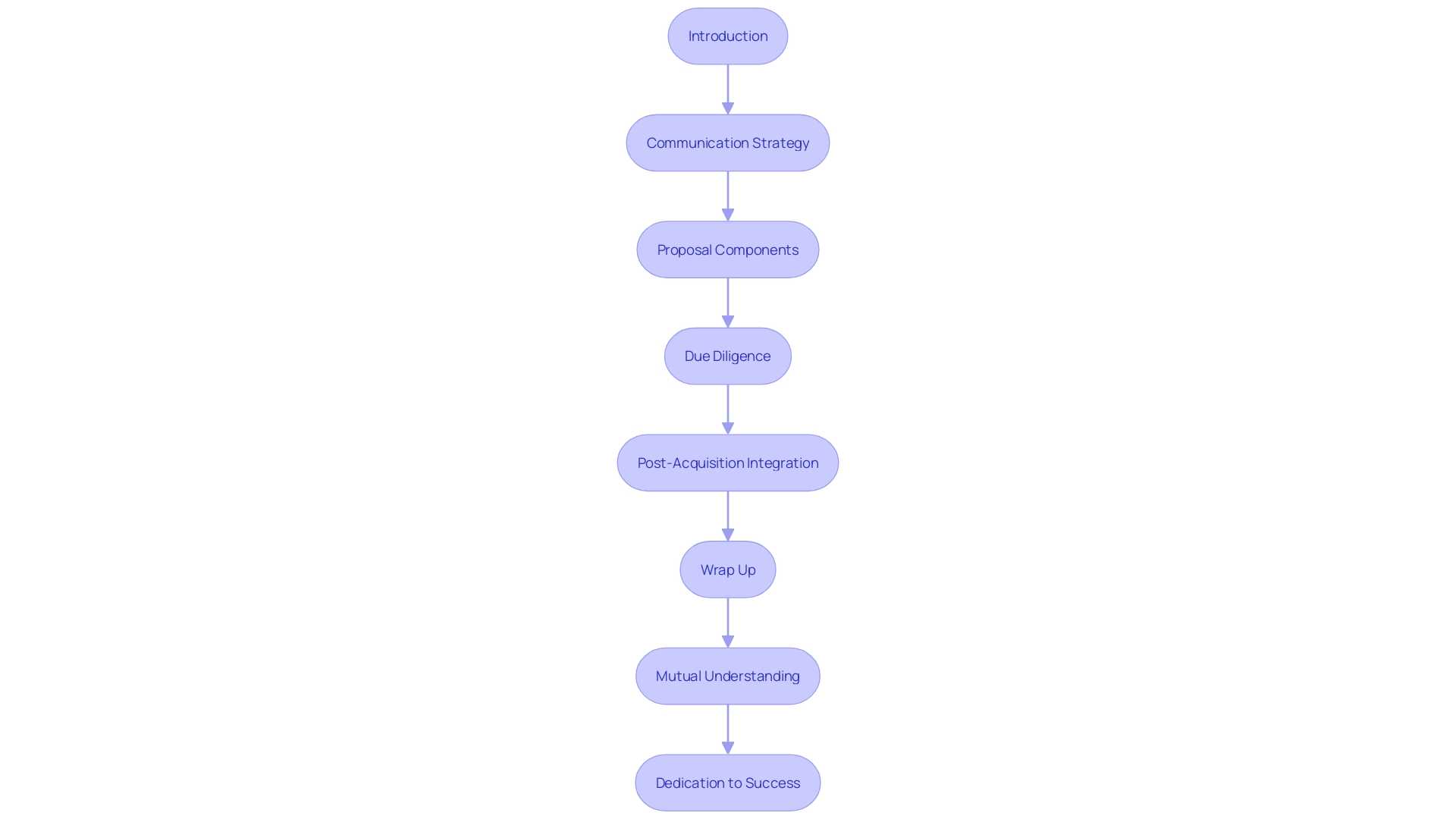
Crafting the Body of Your Letter of Intent
Crafting a document of intention (OlD for a business agreement is a step that sets the stage for a successful acquisition journey. It's the written documentation that captures the essence of your proposal by outlining not only the financial aspects but also portraying a shared vision for the future. An excellent example of this is the Health Assurance Transformation Corporations (HA'rCo)'S LoL to acquire Summa Health. This case marked a significant milestone in their efforts to revolutionize healthcare services, demonstrating how a well-crafted LoL plays a vital role in defining a common transformative objective.
Your intent communication should clearly outline the proposed cost and payment arrangement while also considering adjustments or earn outs in the future agreement. Remember that it's not about the financial figures but also about crafting a compelling story. Similar to how HATCo approaches things with finesse and creativity. Make sure your LO shares what makes you stand out. Whether it's your industry knowledge or your knack for fostering collaborations. Keep in mind that an LO is not about outlining terms but also, about showcasing the vision you envision and are pitching to prospective partners.
Moreover face difficulties head-on in your intent document (LO). Like ensuring financial backing or meeting regulatory requirements. Shows foresight and a dedication to thorough investigation. This focus on specifics and readiness is what can set your proposal apart in an environment as shown by the resilience of small enterprises in recent analyses by Fiserv, amidst economic changes.
Finally and importantly the format of your Letter of Intent (LOl) should not just set the stage for what is to follow but also serve as a demonstration of the collaboration you are suggesting It tells the story of a shared voyage towards a improved tomorrow similar, to the dream embraced by HATCo and Summa Health ready to transform an entire sector As you begin composing your LoL let it mirror your business expertise and the optimistic future you imagine
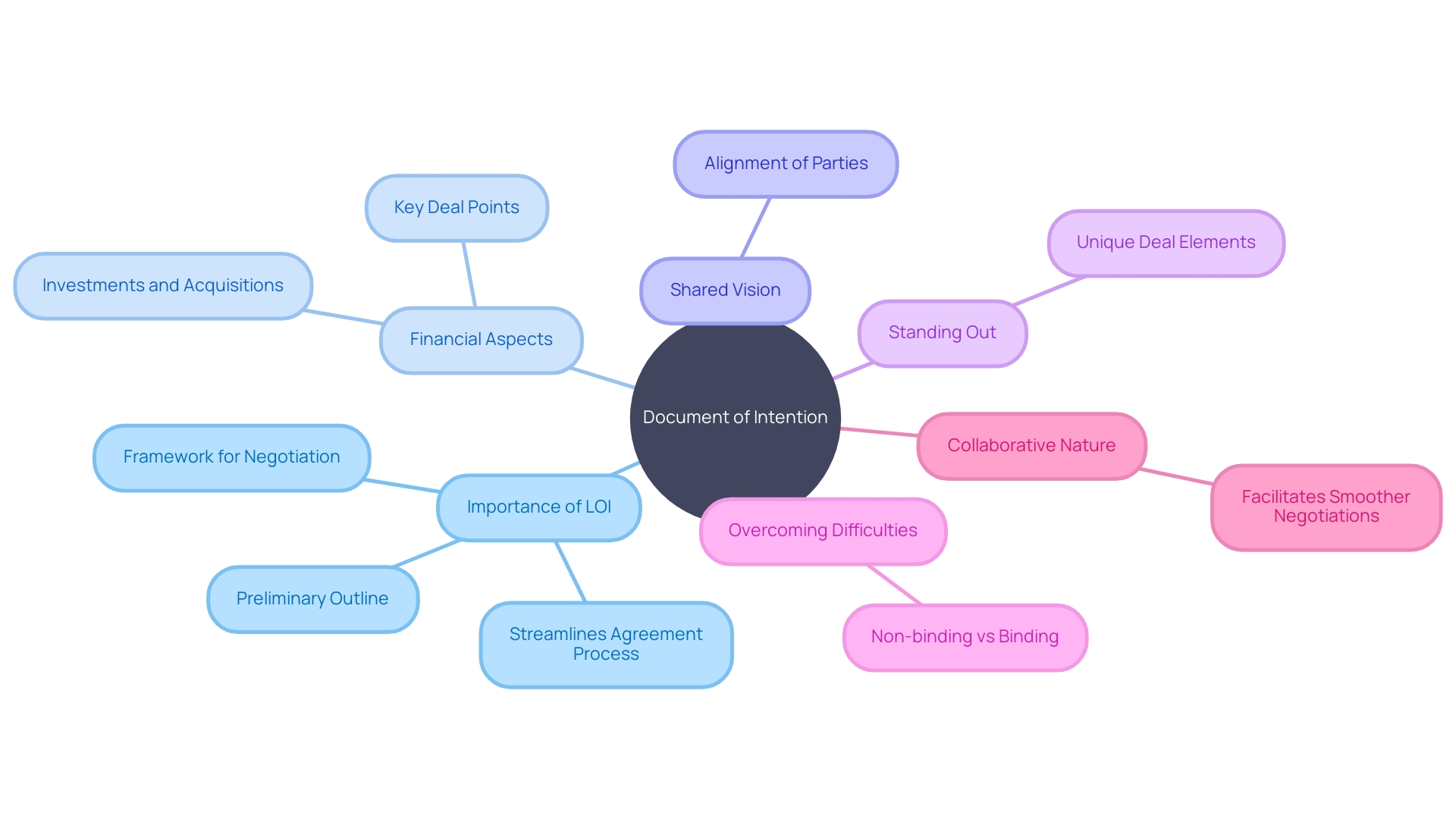
Outlining Mutual Benefits and Terms
Crafting a letter of intent (LOI) is crucial when initiating a business acquisition deal as it sets the foundation by outlining the mutual benefits for both the buyer and seller involved in the transaction process. The LOI explores the synergies and growth opportunities anticipated after the acquisition along with improved operational efficiencies that are expected to follow suit post acquisition completion. This strategic document goes beyond financial aspects to encompass the overarching objectives and aspirations of both companies involved in the agreement. Laying down a path, towards a collaborative and prosperous future. In its details the Letter of Intent needs to outline important deal terms accurately. Specifying the proposed schedule including a potential closing date and the distribution of responsibilities along, with any provisions related to non compete arrangements. All to ensure clear communication and mutual comprehension right from the start.
To enhance the efficiency and effectiveness of negotiations, a term sheet is frequently employed to summarize the key points and facilitate a seamless transition to the ultimate contractual arrangement that binds both parties involved. While not required by law a term sheet is highly beneficial in ensuring that both parties are on the page, before committing to a formal purchase offer. Essentially, the key components of a term sheet may. Typically involve valuation, acquisition structure, governance, and contingencies that outline the journey from initial talks to the final understanding reached with a handshake.
In the field of mergers and acquisitions. Where deals are intricate. Risks are significant. The accuracy and thoroughness of these contracts are paramount, to their success and impact. These documents play a role evidenced by the extensive collections of publicly available merger contracts that highlight the meticulous detail needed for such important transactions. Since these arrangements have a significant impact on the domain, they are carefully designed to withstand examination from all parties involved and adjust to evolving market dynamics as time goes on.
Closing and Signing Your Letter of Intent
As you conclude your discussion, ensure to reiterate your commitment to the potential partnership clearly and convey your excitement for progressing to the next phase. Clearly outline the future actions, such as negotiation timelines and due diligence activities, to ensure that expectations are understood and mutually accepted. Conclude by indicating areas for both parties' signatures and dates, as a symbol of mutual understanding to proceed based on the terms discussed. This formal gesture not just showcases an attitude but also signifies the commencement of an endeavor, towards a productive partnership.
Best Practices for Writing a Letter of Intent
When composing a correspondence conveying interest in a commercial arrangement, lucidity is crucial to achieve positive outcomes. The document ought to distinctly delineate the aspects of the suggested deal, comparable to how a term sheet establishes a basis for negotiations. Both pave the path for the legally binding agreement; nevertheless, the document of intent accomplishes this by means of explicit and all-inclusive wording, ensuring all parties involved are in agreement without becoming overwhelmed by extraneous particulars.
Make sure that your written communication maintains a thoughtful tone similar to how you would handle an important proposal, like collaborating on a new project venture. Remember that your correspondence serves as a representation not only of your purpose but also of your business values. It is advisable to seek advice to go over your draft as this mirrors the thorough review process companies undergo when evaluating project proposals before giving them the green light.
Additionally, ensure your letter of intent doesn't mark the discussion point. Keep in touch with the seller to show interest and dedication similar to how a new project seeks endorsement and handles inquiries. This interaction demonstrates your dedication. Maintains an open line of communication akin to how the temporary branch of Multnomah County Library guarantees continued access to essential services, during its upgrade process.
The success of your correspondence could determine whether an agreement progresses or gets stuck in limbo. Learn from winning grant applications that spell out the projects goals and effects with clarity. Your communication should also emphasize the potential of the opportunity and your readiness to participate in a favorable arrangement. This should instill trust akin to institutions such, as Monmouth University when revealing growth plans.
Common Mistakes to Avoid
Drafting a letter of intent (LOI) is similar to laying the foundation for a commercial agreement. It signifies the stage in expressing your interest in acquiring a company and lays the groundwork for discussions. It's important that your Loi is clear and leaves no room, for confusion. To facilitate a negotiation process;
Clearly express your purpose in a Letter of Intent (LO) by making it a clear reflection of your intentions and laying out the terms of the deal similar, to a detailed term sheet that guides the path to reaching a final agreement. Make sure the language in your LOIs is crystal clear and straightforward – like the title of a legal document! Your Lois should spell out all the rights and responsibilities of everyone involved without any room, for confusion. Keep your expectations realistic like you would when making professional decisions. Make sure your promises and obligations are based in reality to avoid making costly mistakes similar to errors, in decision making." Make sure your letter is well organized by having a structure that flows smoothly from the introduction to defining terms and outlining agreements for a seamless transition, to a binding contract. When crafting your Letter of Intent (LOIs) it's crucial to make it relevant to the organization you're addressing. Your Lois should be personalized to demonstrate that you really understand the core of the enterprise. Think of it as similar to a Community Benefits Agreement that acknowledges and caters, to the requirements and potentials of the local surroundings.
Remember that your expression of interest is more than a traditional procedure - it carries strategic significance and can significantly influence the outcomes of your professional exchanges. Consider it as the opening act, to your company performance. Every word matters.
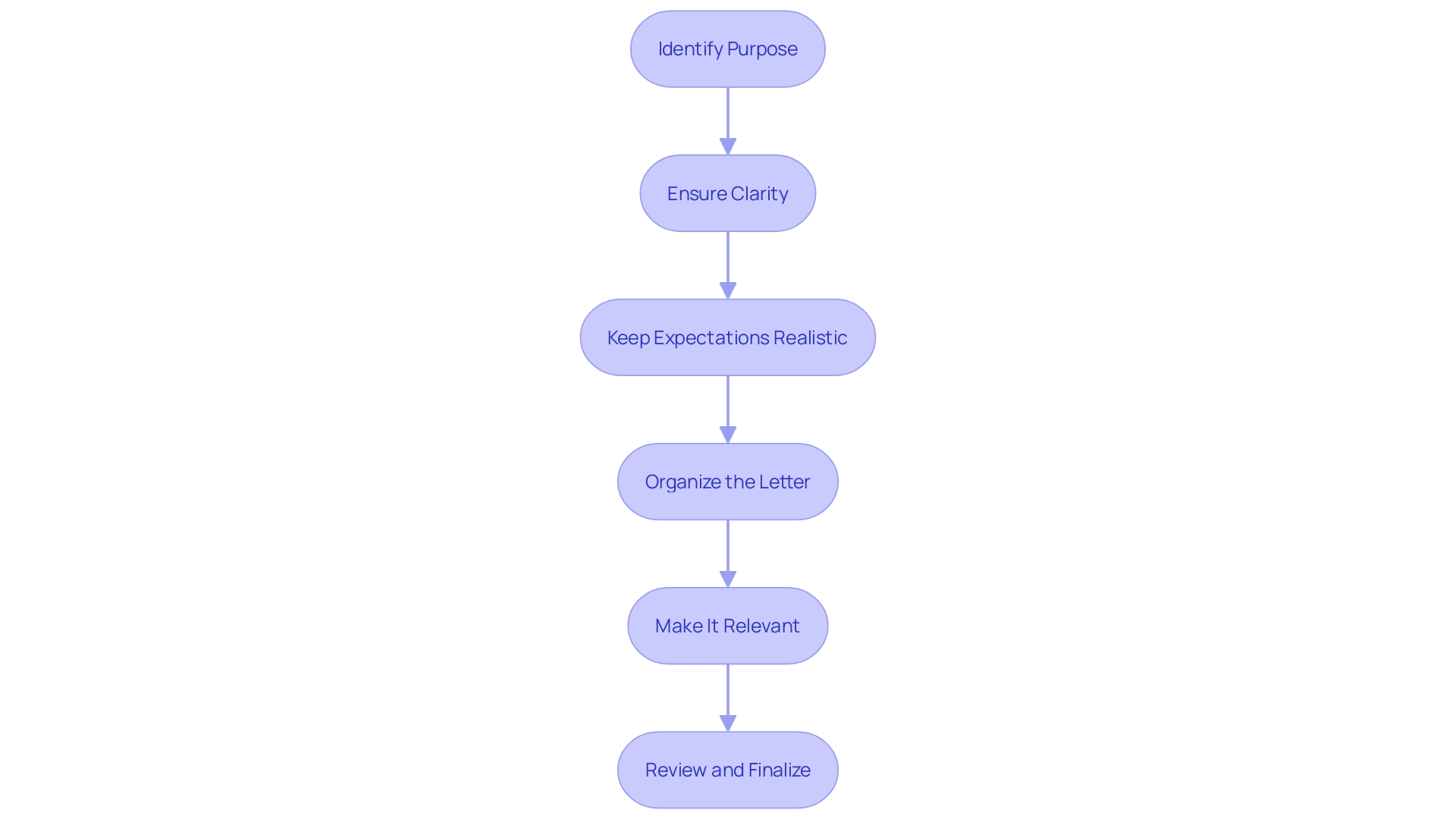
Finalizing and Reviewing Your Letter of Intent
When preparing your statement of intent for selling a business being precise and clear is crucial for success. Your document needs to reflect your goals and the agreement terms accurately. Carefully examining the language you use is not a good idea but an important way to protect your interests. Seeking guidance, from an advisor or legal expert is a smart move to ensure that your written document is solid and legally sound. It's also crucial to check all information and supporting papers. This level of thoroughness reflects the methods employed by professionals in various industries who dedicate extensive time to ready themselves for important discussions and deals ahead of time. They recognize that the key lies in paying attention to the specifics and hence devote an amount of time to meticulously examining financial records and customer data as well as distinguishing factors in the market. By adopting this level of detail oriented approach yourself when it comes to business transactions or dealings with sellers you're laying down a groundwork, for success ensuring that every aspect is carefully accounted for before you present your letter of intent.
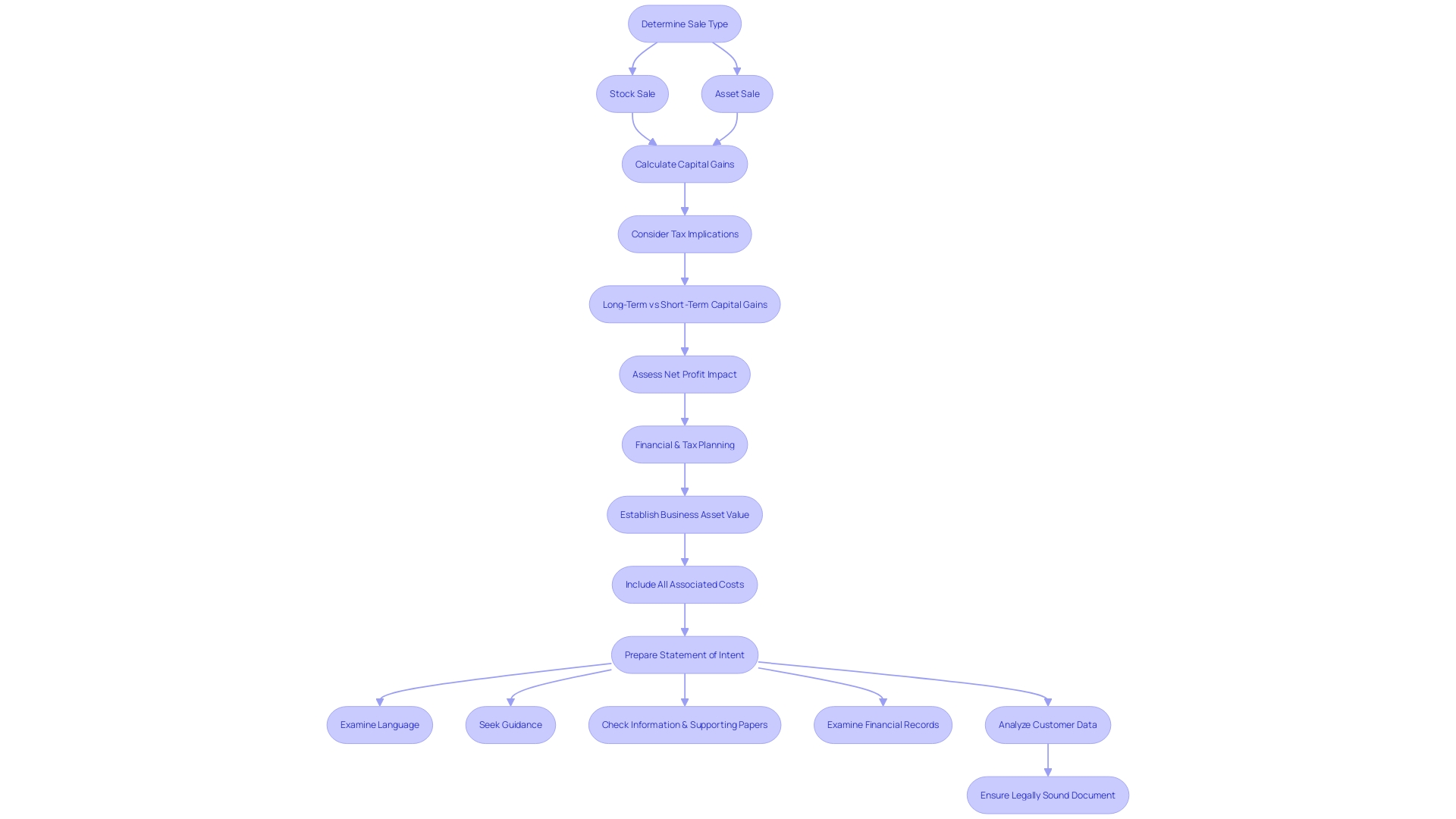
Conclusion
Ultimately creating a Letter of Intent (LOP ) is a part of the process when acquiring a business. It's more than a piece of paper ; it acts as a roadmap to building a solid partnership and reaching a successful sales agreement later on. The LOP establishes the foundation by emphasizing elements like the identities of the buyer and seller the suggested buying price, payment conditions and the projected deadline, for finalizing the transaction.
Ensuring openness and legal safeguards while drafting a Letter of Intent is key for a process.It's essential to customize the LOI to capture the acquisitions essence and align with industry trends.Creating an agreement that showcases benefits for each party sets the stage for an mutually advantageous relationship, down the line.
Signing and finalizing the Letter of Intent signals the start of a partnership. Demonstrates dedication to progressing together as a team.Succeed in the field of mergers and acquisitions by adher ing to set protocols steering clear of typical traps and diligently concluding and examining the LO I with precision. The precision and thoroughness of these agreements are crucial, in shaping their impact and efficiency.
In essence when you adhere to strategies and add a personal touch to your Letter of Intent (LOE) you can guarantee that it captures the spirit of the deal acquisition while demonstrating your commitment and outlining a straightforward direction for a prosperous business transaction ahead.The LOE acts as a guide, towards a beneficial partnership and establishes the groundwork for a cooperative and thriving tomorrow.




